Palmitoyl Pentapeptide
- CAS NO.:214047-00-4
- Empirical Formula: C39H75N7O10
- Molecular Weight: 802.05
- MDL number: MFCD09842091
- EINECS: 606-757-9
- SAFETY DATA SHEET (SDS)
- Update Date: 2025-12-23 21:30:31

What is Palmitoyl Pentapeptide?
Description
Palmitoyl pentapeptide-4 (formerly called palmitoyl pentapeptide-3) was the fi rst big successful breakthrough peptide ingredient and probably the most commonly used peptide for aging skin. Also known as Matrixyl?, palmitoyl pentatpeptide-4 has been demonstrated to signifi cantly increase collagen synthesis, improving the appearance of wrinkles and sagging of the aging skin. Palmitoyl pentapeptide-4 is basically a sequential piece of a collagen molecule. It is theorized to work by “tricking” the skin into “believing” that too much collagen has been broken down, thereby curbing the production of collagenase, the enzyme that destroys collagen, and stimulating fi broblasts, the cells that produce collagen. The results of using palmitoyl pentapeptide-4 are remarkable, and the performance ingredient does not cause the irritation that can be caused by other antiaging ingredients such as retinol.
The Uses of Palmitoyl Pentapeptide
palmitoyl pentapeptide-4 is a skin conditioner. Clinical studies by manufacturers credit it with an ability to promote collagen, elastin, and glycosaminoglycan synthesis. This would result in an ability to restore skin thickness, which diminishes with age, and to reduce the appearance of lines and wrinkles. Palmitoyl pentapeptide4 is a synthetic peptide with serine, threonine, and hexa decanoyl derivatives.
palmitoyl tetrapeptide-7 is formerly known as palmitoyl tetrapeptide3. This peptide appears to improve skin elasticity and firmness. It also hydrates, smoothes, and protects the skin. It can be both obtained from the plant and synthetically derived and is found in a variety of different skin care preparations including eye lotions, moisturizers, and night creams. Palmitoyl tetrapeptide3 appears to act as an anti-inflammatory. This is attributed to its ability to control the secretion of specific chemicals responsible for skin aging (i.e., cytokines and interleukin-6), and hence it may function in a manner similar to the anti-aging hormone, DHeA. Some studies indicate that palmitoyl tetrapeptide-7 may also act as a uV filter.
The Uses of Palmitoyl Pentapeptide
Myristoyl pentapeptide-4 is polypeptide used in masks for skin and muscles of face. Also, used in anti-wrinkle and firming facial cleanser.
Definition
palmitoyl pentapeptide-4 is a skin conditioner. Clinical studies by manufacturers credit it with an ability to promote collagen, elastin, and glycosaminoglycan synthesis. This would result in an ability to restore skin thickness, which diminishes with age, and to reduce the appearance of lines and wrinkles. Palmitoyl pentapeptide-4 is a synthetic peptide with serine, threonine, and hexadecanoyl derivatives.
Benefits
Palmitoyl Pentapeptide-4 is effectivly reduce various kind of facial wrinkles;Replenish the collagen and polysaccharide, repairthe skin.Winkey patented productin China.It is recommended dosage is 3~10%.
Benefits
Palmitoyl pentapeptide-4 was the first peptide to be widely used in products for aging skin. It stimulates collagen and reduces the production of collagenase, the enzyme that breaks down collagen in photoaging skin.
Palmitoyl pentapeptide-4 boost tissue regeneration, activate production of collagen, sucrose osamine and hyaluronic acid,widely used on the long-lasting aging formula. Its recommended dosage is 3~8%.
Mechanism of action
Palmitoyl Pentapeptide appears to work by increasing collagen production, stimulating collagen, elastin, and hyaluronic acid growth, increasing the skin's moisture content and retention, which helps reduce the appearance of fine lines and wrinkles on the skin's surface. Pentapeptide is equivalent to intimate integration with the skin, changing the skin ecology and cell repair, and playing the role of intracellular hormones and enzymes.
Properties and Applications
Cosmetic polypeptides can penetrate the dermis to increase the level of collagen and reverse the aging process of the skin through rebuilding from inside to outside.
Cosmetic pentapeptide(Palmitoyl Pentapeptide) is also a cosmetic polypeptide. The prototype of the polypeptide is palmitic acid pentapeptide, commonly known as the five peptides, being able to simulate the paralysis effect of botulinum toxin. It is a short peptide fragment consisting of five amino acids formed by peptide bonds with its structure being similar to the protein. However, the protein has a longer peptide chain, usually consisting of hundreds of amino acids. Based on the differences of the number of amino acids, these polypeptides are divided into dipeptides (including two amino acids), tripeptides (including three amino acids), tetrapeptides (including four amino acids), etc. Because of the different categories of amino acids contained, both dipeptides and tripeptides have different varieties. At the same time, even with the same number of amino acids, the dipeptides will still have different varieties due to the different sort order of the amino acid. This leads to a number of peptides with a variety of roles and names. The pentapeptide is composed of six amino acids (Pal palmitic acid, Lys-lysine, Thr-threonine, Thr-threonine, Lys-lysine and Ser-serine).
The Palmitoyl Pentapeptide is actually the C-terminal fragment of Collagen I, having an effect being similar to that of the laser surgery. It can stimulate the growth of collagen, stretch fibers and hyaluronic acid, improve skin moisture and the degree of locking water, increase skin thickness and reduce the microgroove; at the same time, addition of a long chain of fatty acids (palmitic acid) can increase the absorption effect. Compared with the laser surgery, the five-peptides is equivalent to intimate fusion with the skin, changing the skin ecology and cell repair, further playing the role of intracellular hormones and enzymes.
Properties of Palmitoyl Pentapeptide
| Boiling point: | 1120.1±65.0 °C(Predicted) |
| Density | 1.147 |
| storage temp. | 2-8°C(protect from light) |
| pka | 2.98±0.10(Predicted) |
| form | Solid |
| color | White to off-white |
Safety information for Palmitoyl Pentapeptide
Computed Descriptors for Palmitoyl Pentapeptide
| InChIKey | WSGCRSMLXFHGRM-DEVHWETNSA-N |
| SMILES | C(O)(=O)[C@H](CO)NC(=O)[C@H](CCCCN)NC(=O)[C@H]([C@H](O)C)NC(=O)[C@H]([C@H](O)C)NC(=O)[C@H](CCCCN)NC(=O)CCCCCCCCCCCCCCC |
Palmitoyl Pentapeptide manufacturer
New Products
Indole Methyl Resin tert-butyl 9-methoxy-3-azaspiro[5.5]undecane-3-carboxylate Boc-His(Boc)-OH 2-CTC Resin 4-Chloro-7-tosy1-7Hpyrrolo[2,3-d]pyrimidine 5,7-Dibromo-1H-indole 2,5-dichloro-N-hydroxy-4,6-dimethylpyridine-3-carboximidamide 2,2-Dimethoxy-7-azaspiro[3.5]nonane hydrochloride 4-chloromethyl-5-methyl-1,3-dioxol-2-one (DMDO-Cl) R-2-BENZYLOXY PROPIONIC ACID 1,1’-CARBONYLDIIMIDAZOLE 1,1’-CARBONYLDI (1,2-4 TRIAZOLE) N-METHYL INDAZOLE-3-CARBOXYLIC ACID 4-((2-hydroxyethyl)thio)benzoic acid 1-(TERT-BUTOXYCARBONYL)-2-PYRROLIDINONE Methyl 6-methylnicotinate 3-Pyridineacrylic acid tert-Butyl carbazate TETRAHYDRO-2H-PYRAN-3-OL 2-((4-morpholinophenylamino) (methylthio) methylene) malononitrile 3-(4-morpholinophenylamino)-5-amino-1H-pyrazole-4-carbonitrile 2,4-dihydroxybenzaldehyde 1,3-Diethyl-1,3-Diphenylurea Methyl 2-methylquinoline-6-carboxylateRelated products of tetrahydrofuran



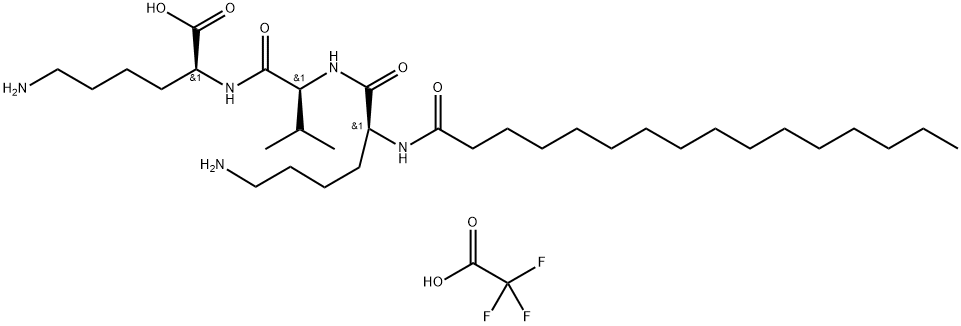
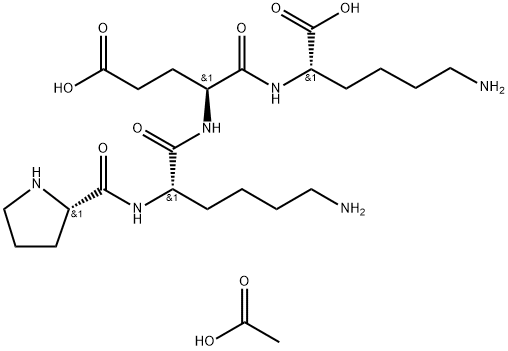
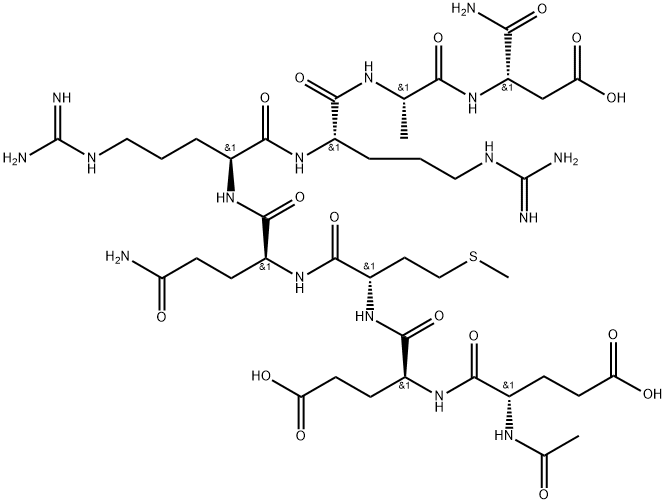
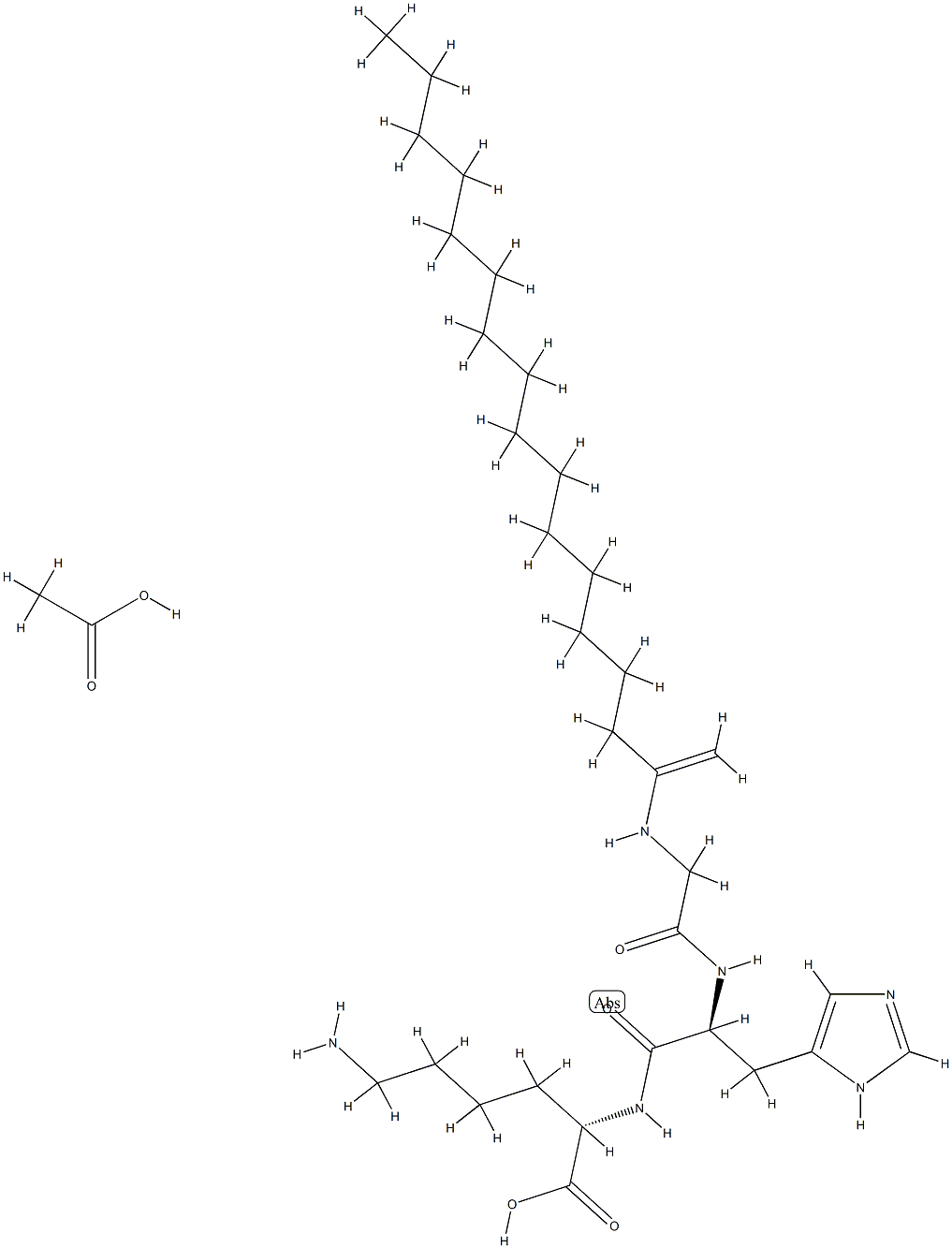

You may like
-
 matrixyl palmitoyl pentapeptide - 4, 99%View Details
matrixyl palmitoyl pentapeptide - 4, 99%View Details
214047-00-4 -
 Palmitoyl Pentapeptide-4 PowderView Details
Palmitoyl Pentapeptide-4 PowderView Details
214047-00-4 -
 Pyridine 99.5% HPLC /UV SpectroscopyView Details
Pyridine 99.5% HPLC /UV SpectroscopyView Details
110-86-1 -
 Piperazine Spot supply, best priceView Details
Piperazine Spot supply, best priceView Details
110-85-0 -
 Dibutyl PhthalateView Details
Dibutyl PhthalateView Details
84-74-2 -
 Imidazole Spot supply, competitive priceView Details
Imidazole Spot supply, competitive priceView Details
288-32-4 -
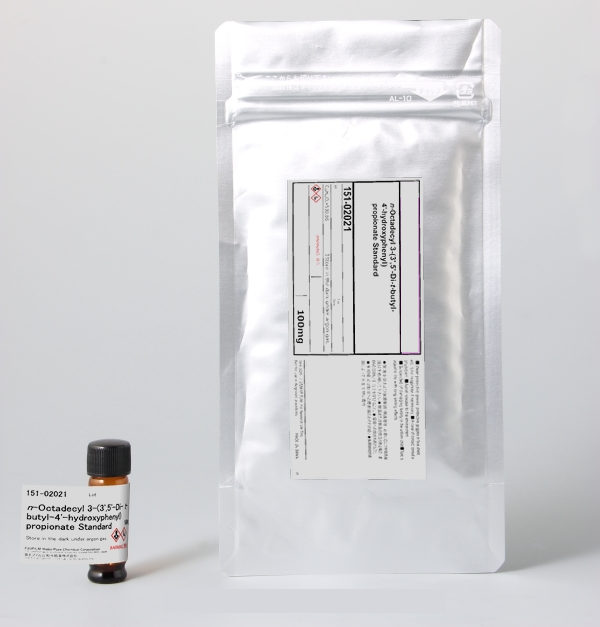 Octadecyl 3-(3,5-di-tert-butyl-4-hydroxyphenyl)propionate 98% (GC)View Details
Octadecyl 3-(3,5-di-tert-butyl-4-hydroxyphenyl)propionate 98% (GC)View Details
2082-79-3 -
 Thiourea 99% ARView Details
Thiourea 99% ARView Details
62-56-6
